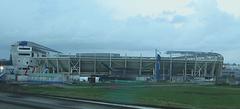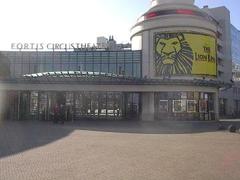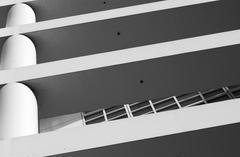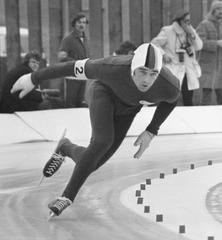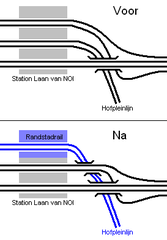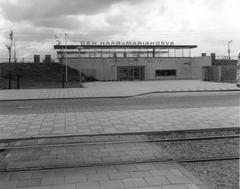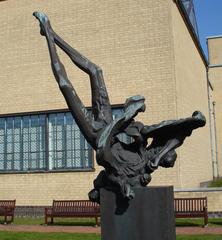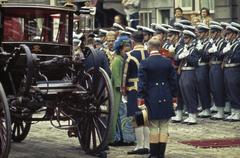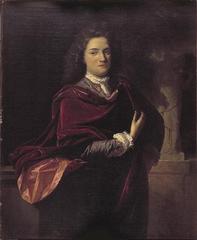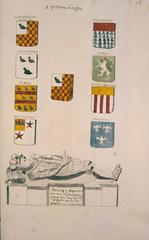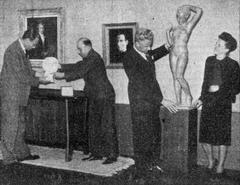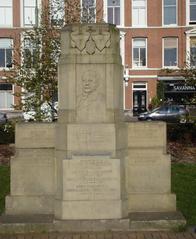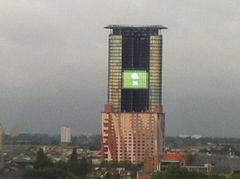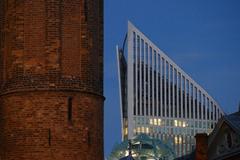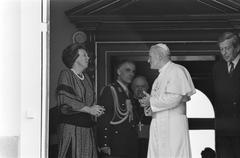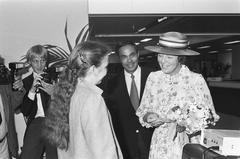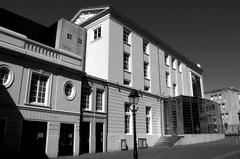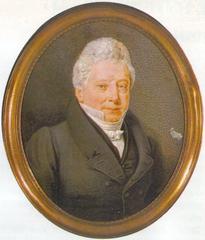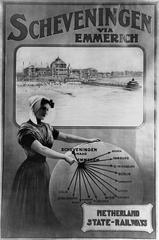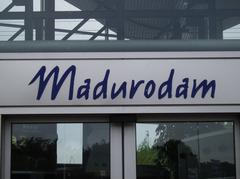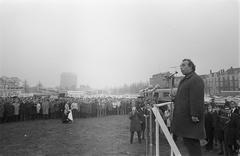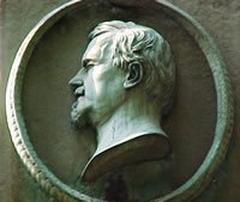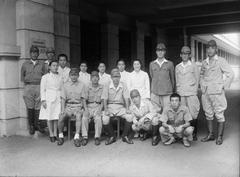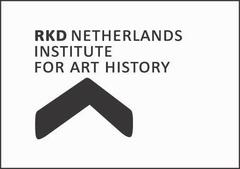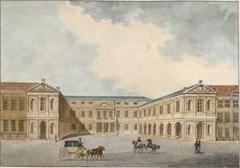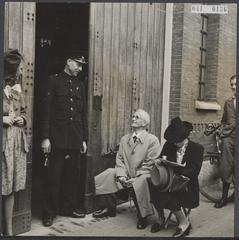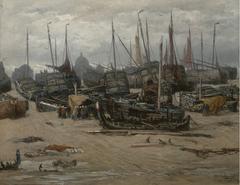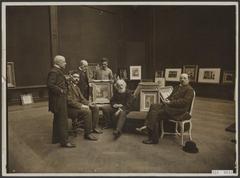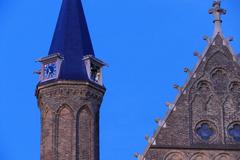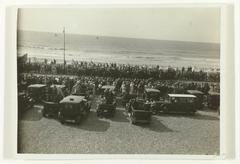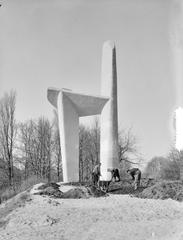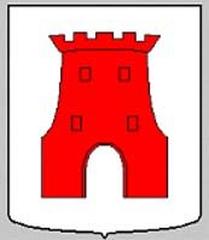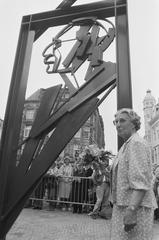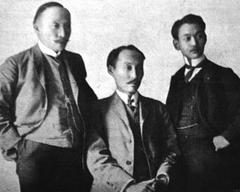Leyenburg Visiting Hours, Tickets, and Historical Sites Guide in The Hague, Netherlands
Date: 04/07/2025
Introduction to Leyenburg in The Hague
Leyenburg, located in the southwest of The Hague, stands out as a neighborhood where history, culture, and community intertwine. Originally developed from the historic Leyenburg country estate, this area showcases The Hague’s transition from rural polder land to a vibrant urban district. Leyenburg is home to significant landmarks such as Leyenburg Hospital, the municipal monument Marechausseekazerne, and the tranquil Florence Nightingalepark—each reflecting the district’s rich heritage.
The neighborhood’s character is further enhanced by its green spaces, notably the nearby Zuiderpark—one of The Hague’s largest urban parks. Leyenburg’s multicultural community, lively markets, and family-friendly amenities create an authentic atmosphere, making it an appealing destination beyond the city’s typical tourist routes. Accessibility is excellent, with efficient public transport, cycling infrastructure, and visitor-friendly facilities.
This guide provides an in-depth overview of Leyenburg’s history, key landmarks, practical travel tips, and up-to-date visitor information. For a self-guided exploration experience, the Audiala app is recommended (Haags Gemeentearchief, HagaZiekenhuis, Den Haag Official Site, Leyenburg Wikipedia).
Table of Contents
- Welcome to Leyenburg: A Historic Neighborhood in The Hague
- Origins and Early History
- Urban Development: Annexation and Planning
- Construction, War, and Postwar Growth
- Key Landmarks and Visiting Information
- Neighborhood Boundaries and Nearby Attractions
- Social and Demographic Profile
- Practical Visitor Tips
- Exploring Leyenburg: Attractions, Hours, and Travel Tips
- Leyenburg Travel Guide: Top Historical Sites and Visitor Information
- Leyenburg Chapel: Historic Monument Guide
- Summary and Final Tips
- References
Welcome to Leyenburg: A Historic Neighborhood in The Hague
Leyenburg is a distinctive and welcoming part of The Hague, offering visitors a blend of historical architecture, expansive parks, local markets, and a strong sense of community. Whether you are interested in exploring the neighborhood’s architectural gems or simply enjoying its green spaces, Leyenburg provides a rewarding experience for all types of travelers.
Origins and Early History
Leyenburg gets its name from a former country estate, once a notable landmark until its demolition in 1985 (Leyenburg Wikipedia). Formerly part of Loosduinen, the area developed around the historic Leyweg, a centuries-old road that still marks the western border of the neighborhood.
One of Leyenburg’s earliest landmarks is the Marechausseekazerne, a military police barracks built in 1916. Now a municipal monument, this structure offers a glimpse into early 20th-century law enforcement history. Although the building is not open daily, special tours are organized during heritage events (Haags Gemeentearchief).
Urban Development: Annexation and Planning
Leyenburg’s transformation began with the annexation of Loosduinen by The Hague in 1923. The construction of the Laakkanaal created new boundaries and improved infrastructure. Urban planning efforts in the 1930s addressed housing shortages, resulting in the mixed residential blocks that characterize the district today.
Construction, War, and Postwar Growth
Development in Leyenburg paused during World War II but resumed in the 1950s, leading to the completion of apartment complexes for The Hague’s growing population. The 1960s saw the addition of high-rise buildings along Volendamlaan as land values increased.
Key Landmarks and Visiting Information
Leyenburg Hospital (HagaZiekenhuis)
Completed in 1971, Leyenburg Hospital remains a cornerstone of local healthcare. While the hospital primarily serves patients, it occasionally opens for community events and health fairs. The adjacent Florence Nightingalepark offers a scenic view of the hospital tower.
- Visiting Hours: Vary by department; check the HagaZiekenhuis website for details.
- Accessibility: Fully accessible; Florence Nightingalepark has paved, wheelchair-friendly paths.
Marechausseekazerne
This protected monument is a highlight during neighborhood tours and heritage days. While general public access is limited, guided visits are sometimes available—check local listings (Haags Gemeentearchief).
Florence Nightingalepark
Established in the 1990s, this central park is a favorite for relaxation, photography, and family outings. It’s open daily from dawn to dusk and is free to enter.
Neighborhood Boundaries and Nearby Attractions
Leyenburg is bounded by Vreeswijkstraat, Zuidwoldestraat, Dedemsvaartweg, Escamplaan, Leyweg, Loosduinsekade, and Soestdijksekade. Adjacent neighborhoods include Zuiderpark, Morgenstond, Loosduinen, Vruchtenbuurt, and Rustenburg-Oostbroek. The vast Zuiderpark, ideal for cycling and picnics, is within walking distance.
Social and Demographic Profile
Leyenburg is characterized by its calm residential atmosphere and strong community ties. With a stable population and high proportion of elderly residents, it is considered a safe and family-friendly neighborhood.
Practical Visitor Tips
- Getting There: Easily accessible by trams and buses from The Hague Central Station.
- Tours: Look out for neighborhood walks organized by local historical societies or community centers.
- Photography: Florence Nightingalepark and the mix of architectural styles offer great photo opportunities.
Exploring Leyenburg: Attractions, Hours, and Travel Tips
Zuiderpark: The Green Heart of Leyenburg
Zuiderpark is one of the largest parks in The Hague, featuring walking and cycling paths, sports facilities, and playgrounds. It hosts various cultural and sporting events—check the event calendar for details. The park is open daily from dawn until dusk and is accessible for all.
Markets and Shopping
Leyenburg’s weekly markets (usually Wednesdays and Saturdays) showcase fresh produce, international goods, and local specialties, reflecting the area’s diversity.
Accessibility and Safety
Leyenburg is well-served by tram lines 4 and 6, and cycling is popular due to dedicated bike lanes. The neighborhood is generally safe, with active community policing and a welcoming atmosphere for families.
Leyenburg Travel Guide: Top Historical Sites and Visitor Information
Florence Nightingalepark
The main park in Leyenburg, Florence Nightingalepark, offers open lawns, playgrounds, and seasonal events (Haagse Encyclopedie). It’s accessible and free to enter.
Leyenburg Hospital (HagaZiekenhuis)
Leyenburg Hospital, part of the HagaZiekenhuis network, is known for its modernist architecture. While primarily a healthcare facility, it’s an architectural point of interest.
Architectural Heritage
Leyenburg’s streetscapes reflect post-war Dutch planning, with residential blocks, wide avenues, and integrated green spaces (Stroomstoring Den Haag). Guided walks are occasionally available.
Community Life & Cultural Events
The area hosts community events, festivals, and markets that celebrate its multicultural identity. Details can be found on local notice boards or community websites.
Shopping, Dining, and Amenities
Local shopping streets feature small retailers, bakeries, and international supermarkets (AlleCijfers). Cafés offer both Dutch and international cuisine.
Family-Friendly Activities
Playgrounds and child-friendly facilities are plentiful, especially in Florence Nightingalepark. Nearby, Madurodam offers a miniature Netherlands experience (DutchReview).
Transportation and Accessibility
Tram and bus networks ensure easy travel to the city center and Scheveningen Beach. The OV-chipkaart is recommended for public transport.
Notable Nearby Attractions
Visit Scheveningen Beach for seaside fun or explore The Hague city center’s museums and historical sites (Nomadic Matt).
Visitor Tips
- Best Time to Visit: Spring and summer for outdoor events.
- Language: Dutch is spoken, but English is widely understood.
- Safety: General urban precautions apply; Leyenburg is considered safe.
Leyenburg Chapel: Historic Monument Guide
History and Cultural Significance
Built in 1925, the Leyenburg Chapel is a fine example of early 20th-century Dutch architecture, with decorative brickwork, stained glass, and a modest bell tower. It has served as both a place of worship and a community gathering space.
Visiting Hours and Tickets
- Opening Hours: Wednesday–Sunday, 10:00 AM–5:00 PM
- Admission: Free; donations welcome for preservation.
- Guided Tours: Weekends at 11:00 AM and 3:00 PM (advance booking advised via the official website)
Getting There
- Public Transport: Trams 3 and 4 stop nearby.
- Cycling: Secure bike parking on-site.
- Car: Limited street parking; public transport recommended.
Highlights and Events
Don’t miss the chapel’s stained glass windows and intricately carved altar. The gardens are especially photogenic in spring. The chapel hosts concerts, art exhibitions, and the annual Leyenburg Heritage Day.
Accessibility
Wheelchair accessible with ramps and accessible restrooms. Assistance is available on request.
FAQ
- Photography: Allowed (no flash).
- Pets: Not inside, but allowed in gardens on a leash.
- Private Events: The chapel can be rented for small ceremonies or events.
- Tour Languages: Tours in Dutch and English; others by arrangement.
Summary and Final Tips for Visiting Leyenburg
Leyenburg offers a rich tapestry of historical landmarks, green spaces, and community life. Its evolution is evident in its architectural diversity, tranquil parks, and cultural events. With excellent transport links and a welcoming atmosphere, Leyenburg is an ideal destination for travelers seeking an authentic side of The Hague.
For real-time updates, guided tours, and local news, download the Audiala app and consult official sources (Haags Gemeentearchief, HagaZiekenhuis, Leyenburg Chapel). Plan your visit and discover the charm that sets Leyenburg apart.
